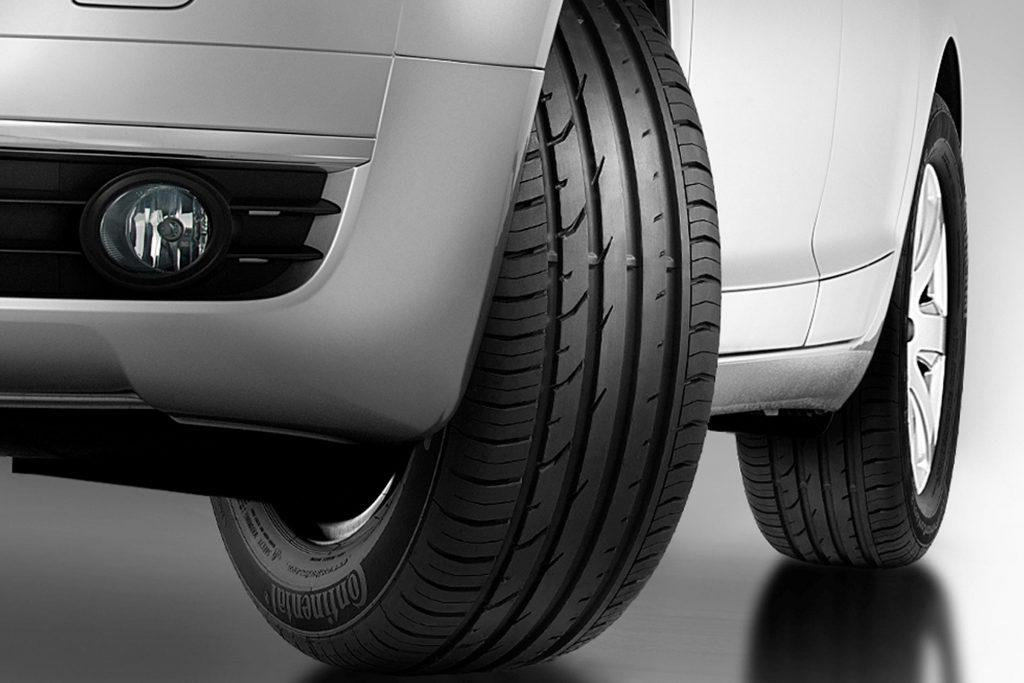Why Do Car Drive Systems Use Front Wheel Steering and Not The Back Wheels?
Everyone is familiar with the idea that usually, the front wheel steering causes the car to steer on bends and sharp curves of the road.
However, very few are aware of the facts, which explain, “why the car steers only with the front wheels and not the rear wheels.”
Compiling the main reasons, here’s a list of four causes, justifying the turning of front wheels alone while car steers.
Car Drive System Uses Front Wheel Steering: The Main Causes
The technological advancement in the steering system has bestowed modern vehicles with the 4×4 wheel turning operation.
However, irrespective of the wheel drive installed in a car, the front wheel steering is the usual standard followed in industries. So, without any further ado, let’s check the reasons.
1. Maintain Equilibrium Between Forces
There are mainly two types of forces, which influence the movement of the wheel, named mechanic and pneumatic trail.
The mechanic trail here is the difference between the actual contact patch (a meeting point of tire and road) and the steering axis. On the other hand, the pneumatic trail is the contact area between the road and the tire.
So, when the wheels turn, the self-righting force provided by the mechanic trail is balanced along with the torque produced by another trail. And, it is this equilibrium that allows both the wheels to return at the right location.
However, with the rear-wheel-drive system, these forces do not work.
2. Avoid Oversteering

Secondly, the front wheel steering protects the car against drifting. Because, when a car with front-wheel drive takes a sharp turn at high speed, the rear-end wheels don’t move in the opposite direction.
In other words, it prevents the torque produced in rear tires from moving against the torque generated in front wheels.
Finally, which creates a stable and comfortable drive because the car moves in the same direction, the wheels are aligned.
SEE MORE:
3. Prevent Accidents
As discussed earlier, the front wheel system steers the back wheels in the same direction, as the car is intended to move.
Hence, this provides directional stability at both the ends (front as well as rear), which in turn protects the car from clashing with the vehicle at the rear-side.
In case the car steers with the back wheels, an accident may occur.
4. Minimize Wear and Tear on Tires
As the wheels push and rotate against the surface, they’ve more chances of being worn out. But compared with the rear wheel steering, the front wheel drive causes treads on wheels to wear and tear slowly.

FAQs
1. Can cars be designed with rear wheel steering?
Cars can be designed with rear wheel steering, and some vehicles, like certain performance cars or heavy machinery, use this system. However, it’s less common because it can be harder to control, especially at high speeds.
2. How does rear wheel steering affect a vehicle’s handling?
Rear wheel steering can make a vehicle more agile at low speeds but potentially unstable at high speeds. It can provide sharper turns but may also lead to oversteering, where the rear of the car swings out during a turn.
3. Are there vehicles that use both front and rear wheel steering?
Yes, some advanced vehicles, especially sports cars and certain luxury models, use a combination of front and rear wheel steering. This system, known as all-wheel steering, can improve handling and stability.
4. Is front wheel steering more efficient than rear wheel steering?
In general, front wheel steering is considered more efficient for everyday driving. It offers a good balance of control, stability, and ease of use, which is why it’s the standard in most passenger vehicles.
5. How does the steering system impact the overall design of a car?
The steering system affects the layout of the car, including the placement of the engine, transmission, and suspension components. Front wheel steering typically allows for more cabin space and a simpler drivetrain layout.
6. Are there any safety differences between front and rear wheel steering?
Front wheel steering is generally considered safer for the average driver due to its predictability and stability. Rear wheel steering can be more challenging to control, especially in emergency situations or at high speeds.
7. Is rear wheel steering more common in certain types of vehicles?
Rear wheel steering is more common in certain specialized vehicles like forklifts, heavy-duty trucks, and some sports cars.
In these cases, the benefits of increased maneuverability at low speeds or specific handling characteristics outweigh the drawbacks.
8. How does steering preference vary in different driving conditions?
In regular driving conditions, front wheel steering is preferred for its stability and predictability.
However, in certain performance or off-road conditions, rear wheel or all-wheel steering might be advantageous for enhanced maneuverability and control.
Conclusion
Gaining these essential driving tips can now possibly make you understand why car manufacturers prefer to design the front wheel steering system over rear wheels. So, next time you are buying a car, ask about this feature in it.














